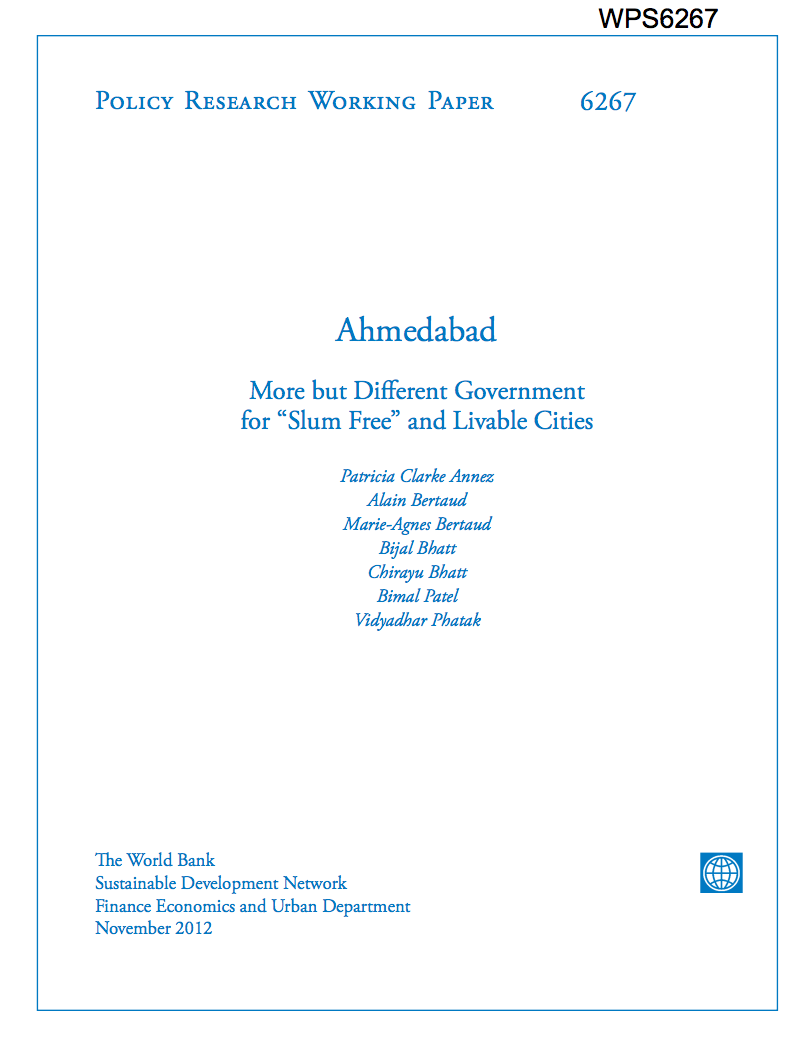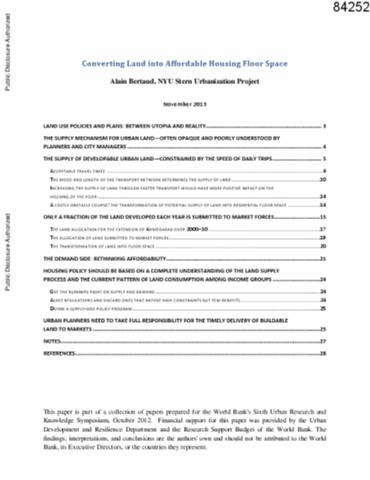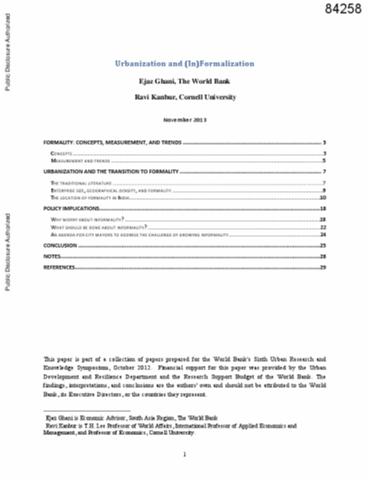Housing Policy in Developing Countries : Conjectures and Refutations
This housing policy in developing
countries, conjectures and refutations article discusses
housing policy in developing economies. It examines recent
research findings in light of earlier arguments as to the
benefits of more market-oriented approaches. It also looks
at whether the recommendations of earlier work have been
refuted or developed in subsequent analyses and policy
measures. In particular, it reviews the empirical analysis






